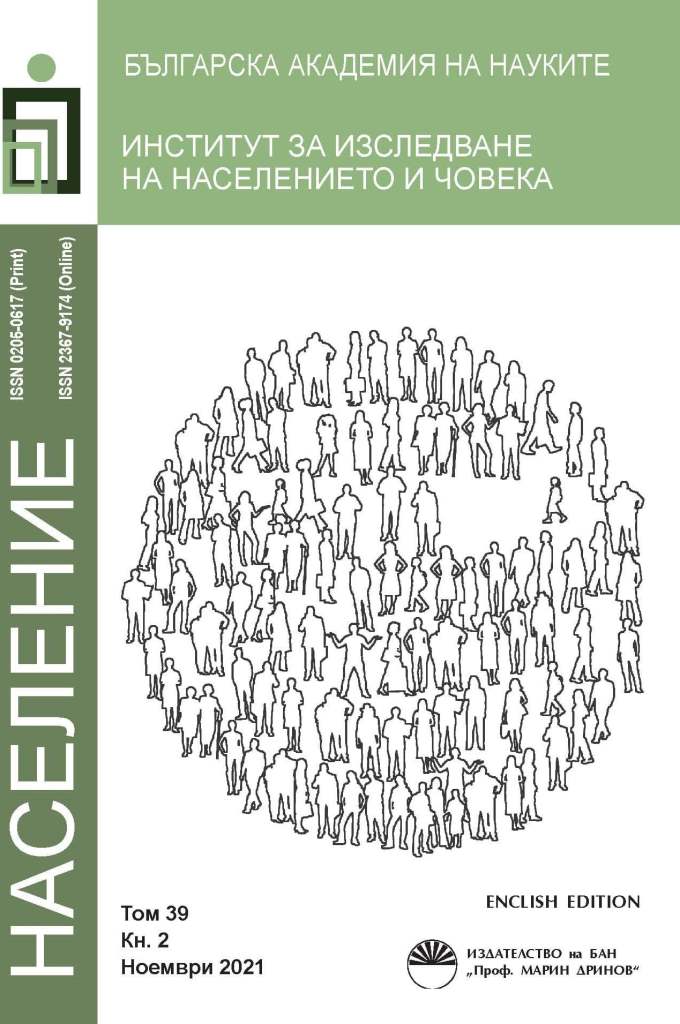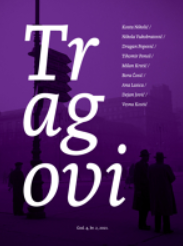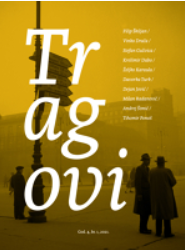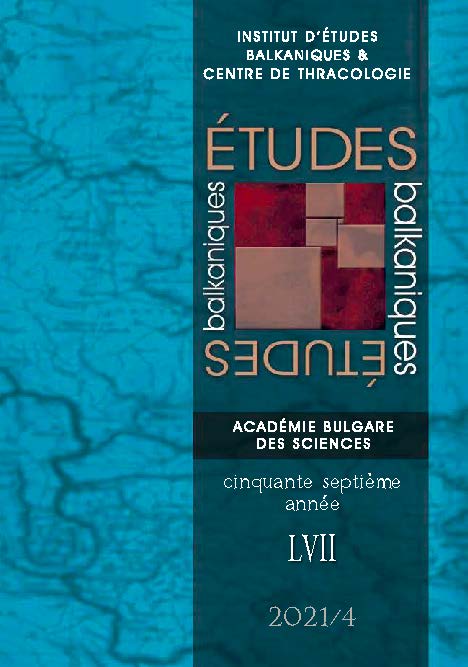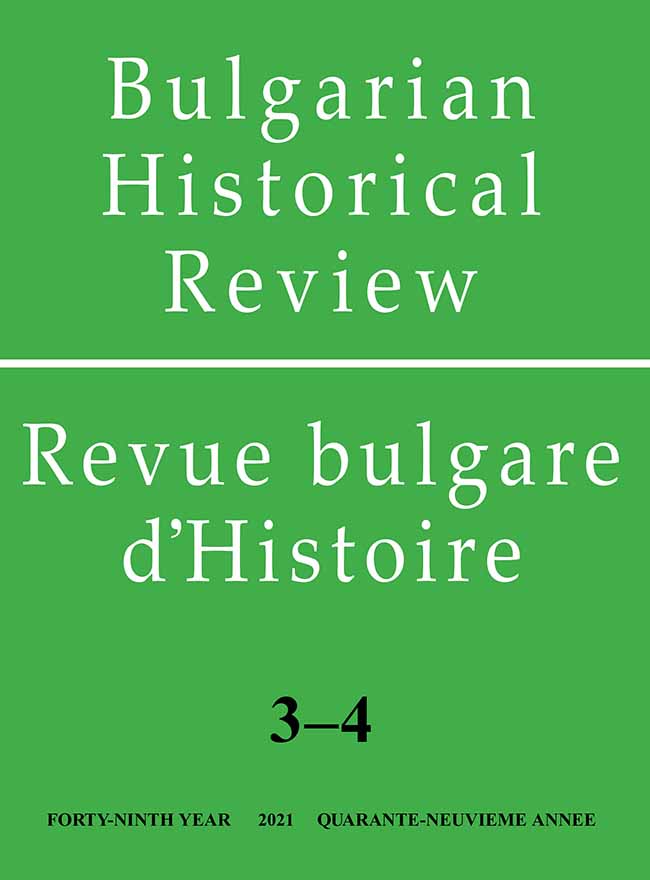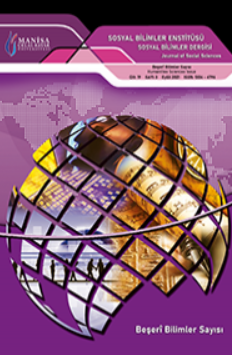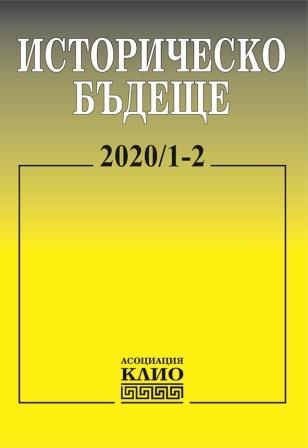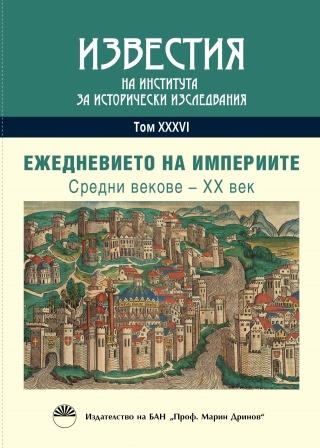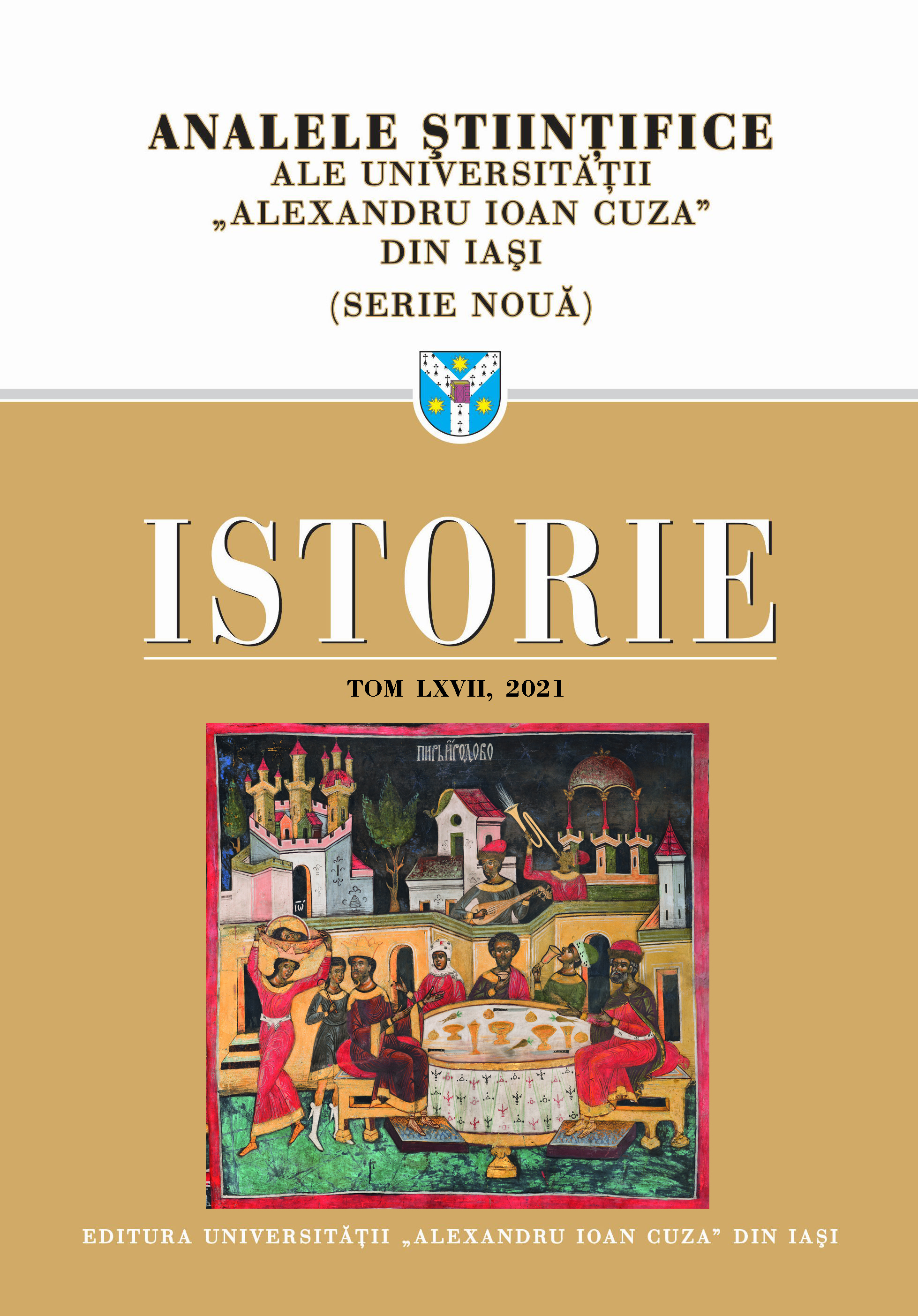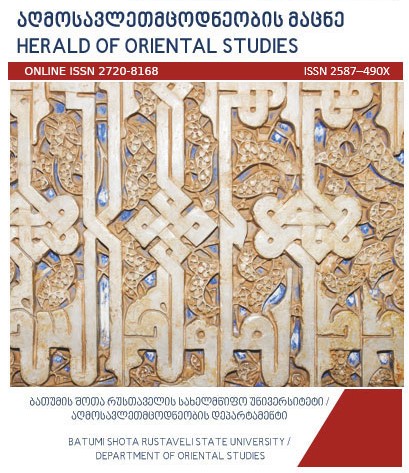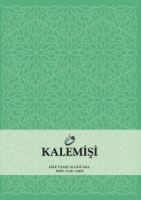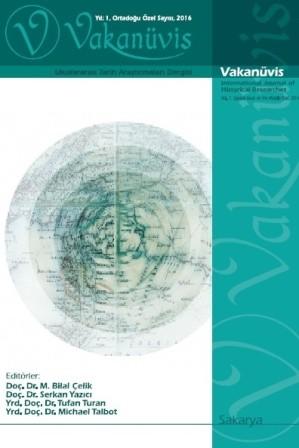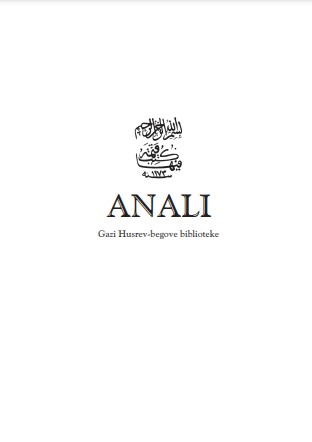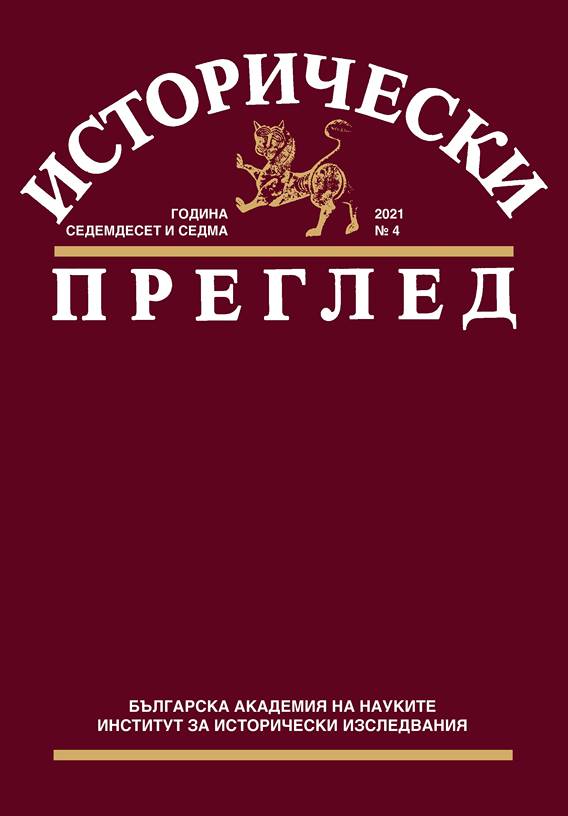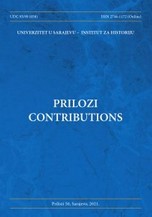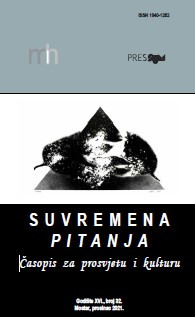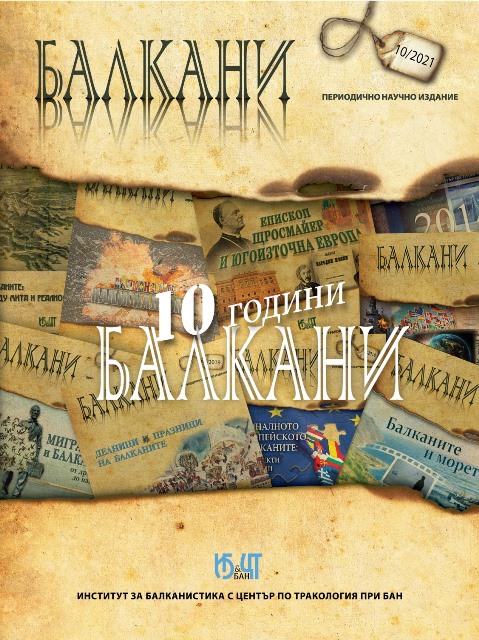
ОБЩ МЮСЮЛМАНСКО-ХРИСТИЯНСКИ ОТПОР НА БАЛКАНИТЕ? ДВИЖЕНИЕТО ЗА БОЙКОТ ПО ВРЕМЕ НА БОСНЕНСКАТА КРИЗА ПРЕЗ 1908–1909 г.
The article examines the Boycott as a reaction against the Annexation of Bosnia-Herzegovina by Austria-Hungary and the proclamation of the Bulgarian independence from the Ottoman Empire. As a formal violation of the Berlin Treaty from 1878, they unleashed the most serious international crisis on the eve of the First World War. The article reveals the different forms of this protest movement against goods and ships from the Dual Monarchy and Greece in the Balkans and outside the region. The text puts the boycott in the broader context of political, ideological and economic claims in the Ottoman Empire, Serbia, Montenegro, and Romania.
More...
